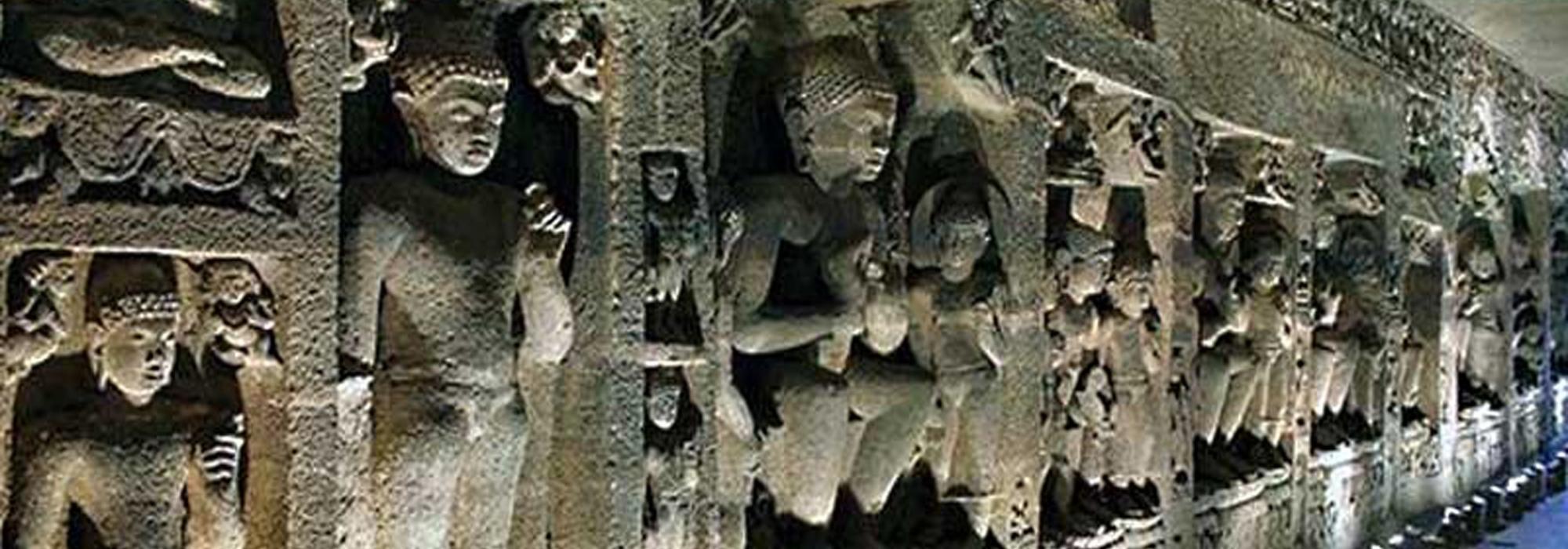If some amount of inertia has crept into the framework of Sanatana Dharma in our age, the responsibility for reinvigorating it falls squarely on our shoulders. If we wish to reject something, we need to first think about providing a better alternative. If we wish to decry Valentine’s Day, we need to provide an alternative by reviving either the Madanotsava or the Vasantotsava [typically celebrated during the Holi festival] from the annals of our hoary, bounteous and beautiful tradition. Indeed, we unfortunately forget the fact that this was precisely what extraordinary people like Krishna and Kautilya did. Avers Kalidasa in the Sixty Act of his Abhijnana Shakuntalam: “UtsvapriyAh khalu manushyAh” [People love a good celebration].
Indeed, when we examine the sorts of celebrations and festivals prevalent in ancient India, it becomes clear that they were imbued with greater enthusiasm, mirth, and sensual indulgences than what we have in the present time. Today, we have an enormous level of convenience thanks to numerous scientific and technological advances. If our ancients had access to this kind of technology, perhaps they would have savoured the pleasures of life a hundredfold. It is this reality that we need to recognize today.
The spirit of Kshaatra is never opposed to reality. Brahma is the foundation and basis for all ideals. Indeed, the spirit of Kshaatra exists in order to fuse reality with ideals. It is essential to retain a sense of attraction towards the finer things in life. It is not sufficient to have an attraction only towards Puja and such other religious celebrations. The human impulse requires the niceties of music and dance, and food and drink.
In fact, all of these aspects have been finely woven into the innards of Sanatana Dharma. Our ancients modernized all the gifts and fruits derived from the Vedas. The dictum of being in tune with the time is a highly significant factor in any culture. We need to create an atmosphere where cultural modifications for the good are welcomed by the people in a spirit of voluntary happiness. Indeed, the Guptas created precisely this atmosphere by supplying their subjects with the requisite resources and a way of life that enabled this. While revolution is important, what is more important is a period of sustained, all-round peace. The rainy season lasts for about three or four months in a year. The remaining months are meant for using that store of rain water wisely for irrigation purposes.
Examined in this light, the so-called Aryanisation of India did not occur due to the force of the kings or due to some oppression by the Brahmanas. The Dharmashastras that were applicable to that era sought to create a system that would further the economic, social, spiritual, and cultural progress of that society. When the masses accepted this system wholeheartedly realizing that this was the best system, the so-called Aryanisation occurred.
The specialty of the tradition of Kshaatra in Sanatana Dharma is the fact that the practice of shrewdness was preferred over bloodshed. It isn’t that there was absolutely no bloodshed but that it was largely used as part of the last resort of statecraft: Danda. In a majority of cases, the other two organs of statecraft were used: Sama (concilitation, alliance) and Dana (gift, compensation). When a culturally refined civilization operates in the realm of transaction with others who share the same values, it typically relies on Sama and Dana and not on Bheda (guile, deceit) and Danda (war, bloodshed). The realm of Sama and Dana does not involve deceit and cruelty. However, when dealing with uncultured and barbaric civilizations, the only resort is Bheda and Danda. It is only because Hindus failed to implement these two techniques of statecraft while dealing with Islam, Christianity and Communism that they lost enormous ground.
To be continued
Translated by Hari Ravikumar and Sandeep Balakrishna

















































